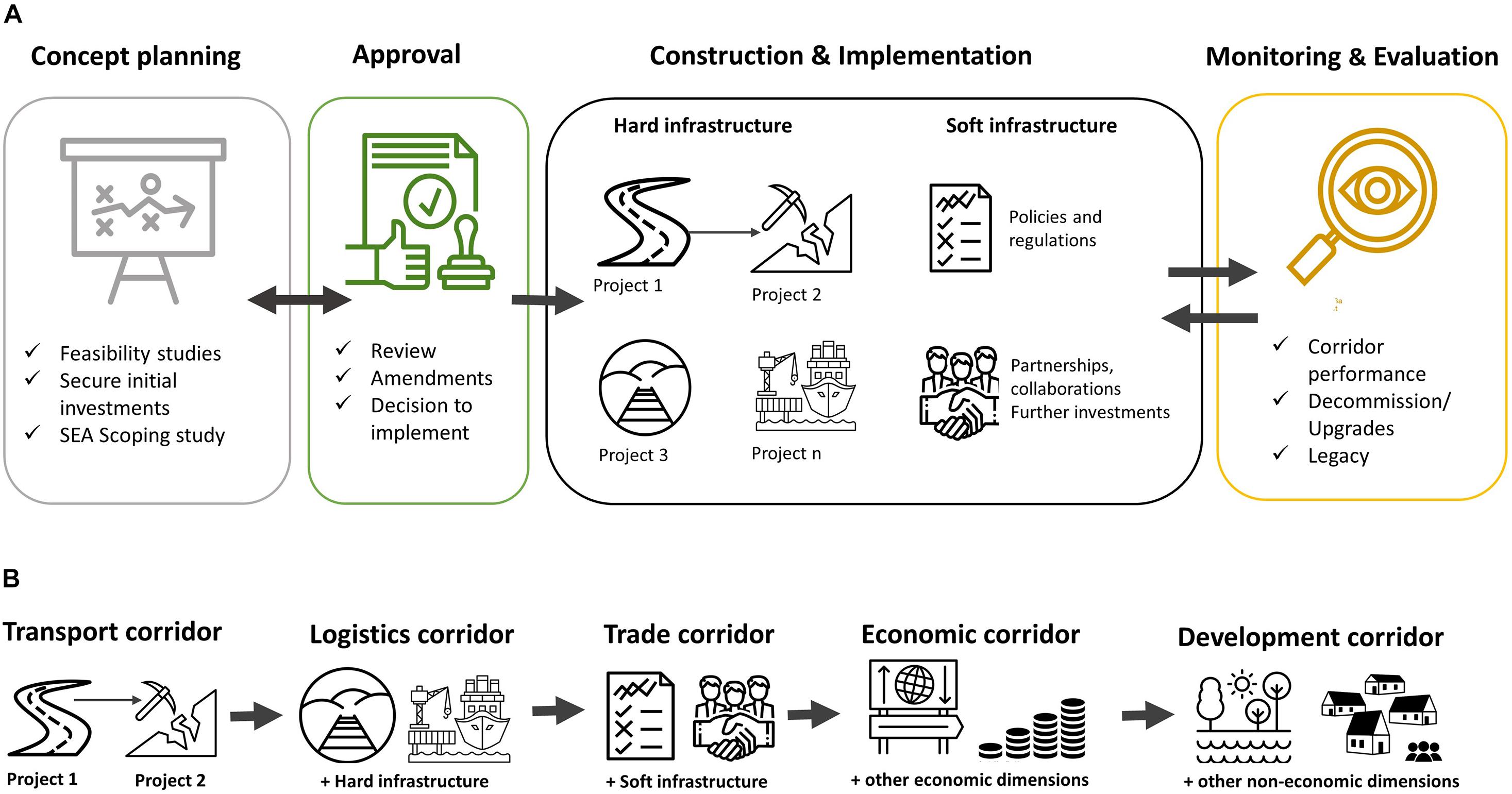

They later assumed the role of senior management. Policy-making became the way owners managed their business and it was considered their prime responsibility. Policies helped to have predefined set of actions, which helped people to make the decisions. This integration was brought about by framing policies to guide managerial action. Thus, there was then a need to integrate functional areas. This expansion brought in complexity and a lot of changes in the external environment.

The method of using informal control and coordination was not enough and became somewhat irrelevant as these companies expanded. As companies grew, they expanded their products, catered to more customers and also increased their geographical coverage. Most of them were catering to a small and identifiable set of customers. The ranges of operations were in a limited area. The need for policy making arose as many of the businesses had just about started operations and were mostly in a single product line. The first phase, which can be traced back to the mid-1930s mainly due to the nature of the business of that period, the way planning was done was on the premise of ad hoc policy making. The next step was to try and use long-range planning, which was soon replaced by strategic planning, and later by strategic management, a term that is currently being used to describe the process of strategic decision-making. However, as these techniques and tools were unable to emphasize the role of the future adequately. They have tools like preparation of the budgets and by using control systems like capital budgeting and management by objectives, and various other tools. However, after that, managers have tried to anticipate the future. In the initial days, typically in early 1920s till the 1930s, managers used to do day-to-day planning methods. Strategic management requires efficient leadership. It requires sustained effort, enormous patience and sharp political skills. Thus, developing an effective and efficient strategic management process can be a long and difficult task. They build flexibility into the organisational planning process, and foster a supportive, participative climate within the organisation. To create future decision-makers, orchestrate and integrate all their organisation’s resources to gain a competitive advantage. The focus shifts over time from meeting the budget to planning for the future, to thinking abstractly, to working to create desired future. Many organisations develop their strategic management process over periods of several years, adjusting and tailoring them to meet specific needs of the organisation. Though the formulation of a strategy seems to be simple, it is very difficult to accomplish it. Strategic management is not an exception to this. Strategic Management – Historical Development : Basic Financial, Forecast-Based, Externally – Oriented Planning and Strategic ManagementĪlmost all the disciplines passed through different stages in their evolutionary process and reached their present stage. Reasons for Failure of Strategic Management.Growing Relevance of Strategic Management in India.Strategists and their Role in Strategic Management.Techniques of Forecasting in Strategic Management.Historical Development of Strategic Management.Strategic Management: Meaning, Features, Importance, Nature, Levels, Functions, Strategic Decision Making and Process Strategic versus Operational Decision 18. Historical Development of Strategic Management 2.


 0 kommentar(er)
0 kommentar(er)
